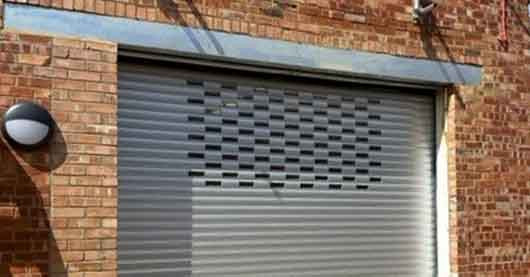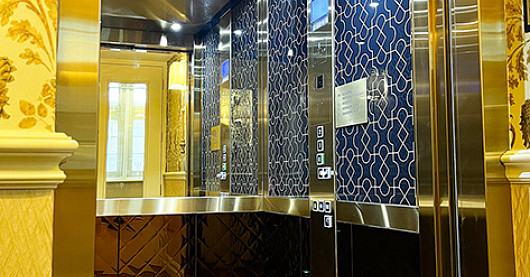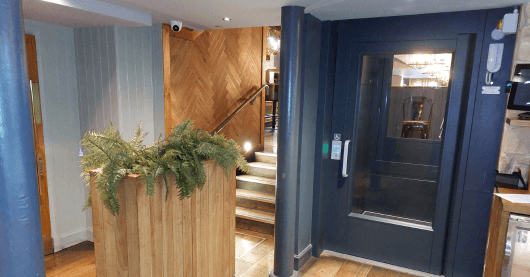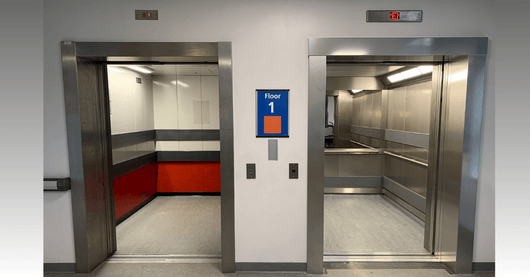
Pickerings Loading Systems worked with Ricardo Automotive & Industrial to upgrade their cold-room roller shutter doors.

Matfen Hall Country Hotel, Spa and Golf Estate

A very popular bar and restaurant in the heart of Edinburgh approached Pickerings for a replacement platform lift.

Well done to our Central Office team based in Tingley, Wakefield, who have selected WF3 Kindness as their office Charity of the Year.

Pickerings Lifts worked with Capital Services to modernise two x 33 person bed lifts at the Royal Lancaster Infirmary.

Find out how we went above and beyond for a client when a building contractor accidentally broke their escalator, days before the store launch.
